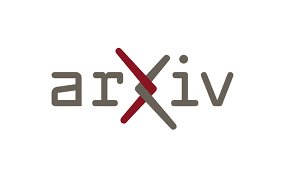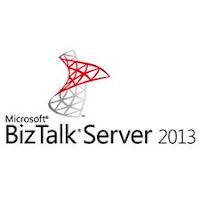Scalable
At 1000 transactions per second (tps) per node per cpu, network planning is now a reality. Your community needs 10000tps? No problem. Just launch a 10 node network with 10cpus in each node. Your community needs 100000tps? Launch a 100 node network with 100cpus/node.
Storable
F1R3FLY.io is fast enough to store audio and video directly on the network and deliver it up in realtime. In the words of the inimitable Stan Lee -- nuff said!
Searchable
Search created the global enconomy. Network architectures that don't allow search are a step backwards. Not only does F1R3FLY.io let you store data directly on each node; rholang lets you search across your network. In fact, the OSLF algorithm dramatically expands what is searchable.
Secure
Scalability doesn't just mean throughput. It also means your network doesn't leak information and it doesn't process unauthorized transactions, for starters. The spatial-behavioral types for rholang catch these kinds of errors and more long before code ever gets deployed to production.


























